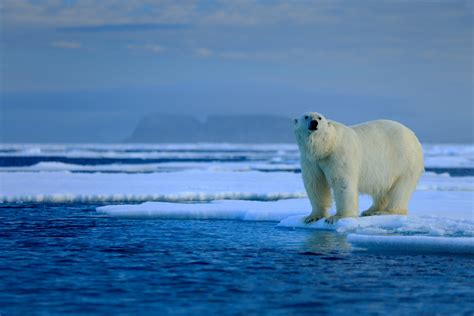Northern Lights: A Guide to the Arctic's Captivating Celestial Display
Introduction:
The Arctic, a vast and enigmatic region that enchants with its icy landscapes and enigmatic wildlife, is renowned for another celestial wonder: the breathtaking spectacle of the Northern Lights, also known as Aurora Borealis. This symphony of colors dancing across the starlit sky captivates the imagination and leaves an unforgettable imprint on the heart.


Nature's Light Show: The Science Behind the Aurora
The Northern Lights are a natural phenomenon that occurs when charged particles from the sun, known as solar wind, interact with the Earth's magnetic field near the poles. The magnetic field lines guide these particles towards the polar regions, where they collide with atoms and molecules in the atmosphere. Upon impact, these particles excite the atoms, causing them to emit light in a myriad of colors.
A Spectrum of Colors and Forms
The Aurora Borealis presents a vibrant tapestry of colors, each with its unique wavelength and atmospheric conditions.
-
Green: The most common color, emitted by excited oxygen atoms.
-
Red: Caused by high-altitude oxygen atoms, appearing near the horizon.
-
Blue and Purple: Resulting from nitrogen atom collisions.
-
Pink: A rare occurrence, originating from high-energy solar particles interacting with helium atoms.
These celestial hues can manifest in various forms, including:
-
Curtains: Drapes of light that hang in the sky like ethereal curtains.
-
Rays: Narrow bands of light that radiate from a central point.
-
Arcs: Half-circle or full-circle shapes that illuminate the horizon.
Where to Witness the Magic:
The Northern Lights are primarily visible in the Arctic Circle, with the best viewing locations situated around the following regions:
- Northern Norway, Sweden, and Finland
- Alaska, United States
- Northern Canada
- Greenland
- Iceland
Optimal Conditions for Aurora Viewing:
-
Darkness: The darker the skies, the more prominent the Aurora will be.
-
Clear Skies: Cloud cover can obscure the celestial display.
-
Solar Activity: High levels of solar activity increase the likelihood of Aurora visibility.
-
Magnetic Storms: Geomagnetic storms enhance the intensity of the Northern Lights.
Tips and Tricks for Enhanced Aurora Viewing:
-
Choose the right location: Research the best viewing spots based on historical data and current solar conditions.
-
Escape light pollution: Venture away from urban areas into remote locations with minimal artificial lights.
-
Be patient: Aurora sightings can be unpredictable, so allow ample time for observation.
-
Dress warmly: Temperatures in the Arctic can drop significantly, especially during winter nights.
-
Set up a camera: Capture the moment with a tripod and a DSLR camera equipped with a wide-angle lens and high ISO settings.
Frequently Asked Questions (FAQs):
-
What is the best time to see the Northern Lights?
- Aurora sightings are most likely during the winter months between September and March, when the nights are longer and darker.
-
Can I see the Northern Lights every night?
- No, the Aurora is not visible every night due to various factors such as cloud cover, solar activity, and location.
-
Is it safe to watch the Northern Lights?
- Yes, the Northern Lights pose no danger to humans. However, it is advisable to be aware of the weather conditions and take necessary precautions, such as dressing warmly.


-
Is it possible to predict the Northern Lights?
- While it is impossible to guarantee Aurora visibility, scientists use various methods to forecast the likelihood of sightings based on solar activity and geomagnetic conditions.
-
What are the best apps for Aurora forecasting?
- Aurora Forecast, My Aurora Forecast, and Space Weather Live are reputable apps that provide real-time updates on solar activity and Aurora predictions.
-
Can I see the Northern Lights in the Southern Hemisphere?
- Yes, but it is much rarer. The corresponding phenomenon in the Southern Hemisphere is called Aurora Australis, also known as the Southern Lights.
Conclusion:
The Arctic's Northern Lights offer an unparalleled spectacle of celestial beauty, leaving an eternal imprint on the memories of those who witness their ethereal dance. By understanding the science behind the Aurora, planning your viewing experience meticulously, and embracing the awe-inspiring wonders of the Arctic night, you can create a journey that will ignite your imagination and leave you yearning for more. Embrace the magic of the Northern Lights, and let its captivating display paint unforgettable hues across your Arctic adventure.

